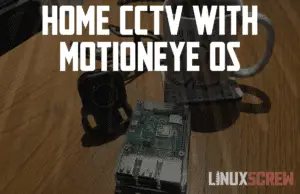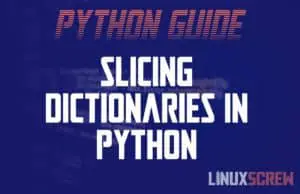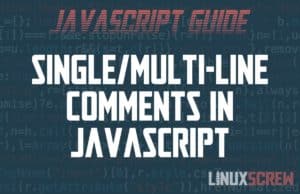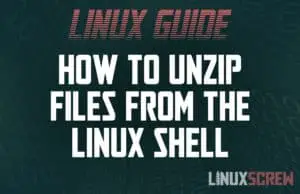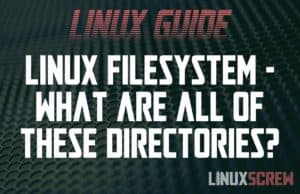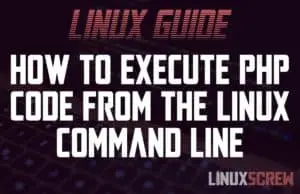Home »
What is a Python Dictionary? Explanation and Code Examples
Here’s everything you need to know about the Dictionary data type in Python, what it can store, and how to use it. Python has several built-in data types for storing data (more than other languages like JavaScript) – from basic types like integers, floating-point numbers, and strings to more complex types like lists, tuples, and dictionaries. What is a Type? A variable’s type defines what kind of value it can store and what can be done with it. What is a Dictionary? A dictionary is a variable type … Read more


![How to Add/Append Items to a Dictionary in Python [Examples] 2 Add Item to Python Dictionary](https://cd.linuxscrew.com/wp-content/uploads/2021/11/python-add-item-to-dictionary-300x194.jpg)
